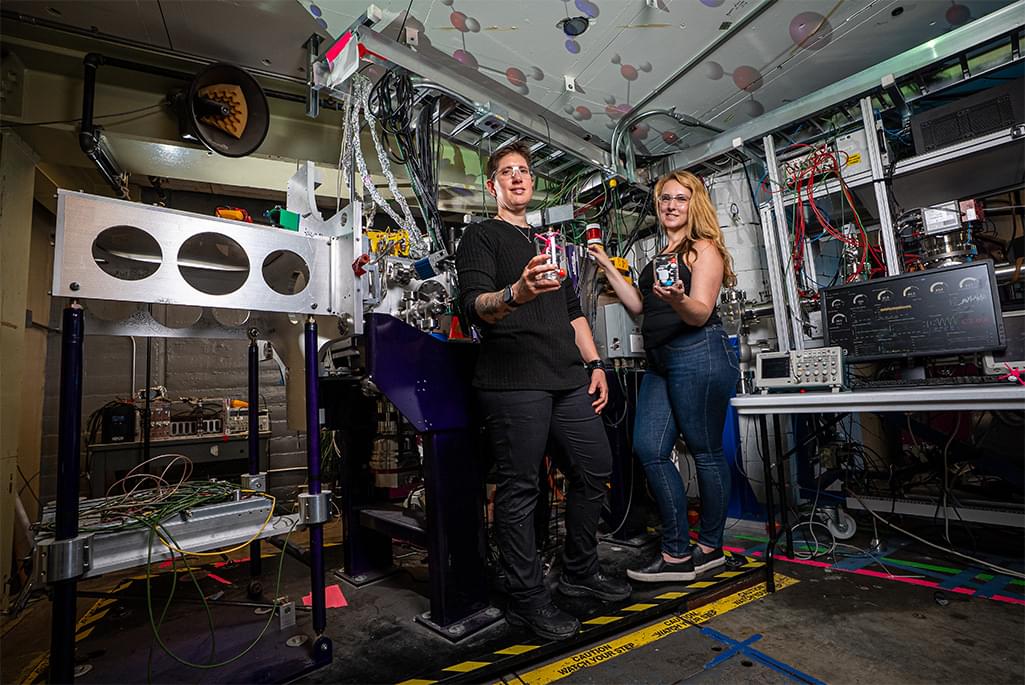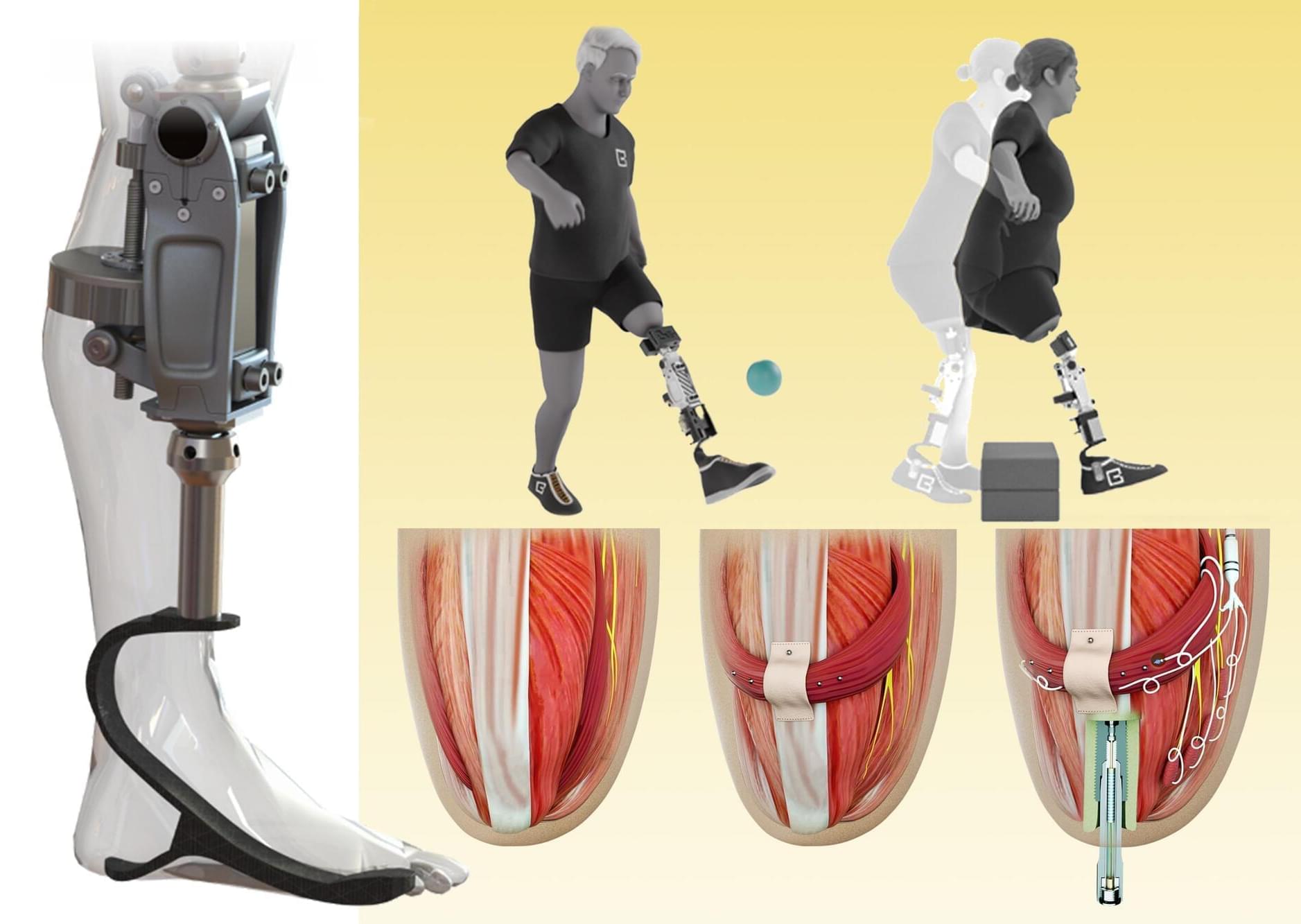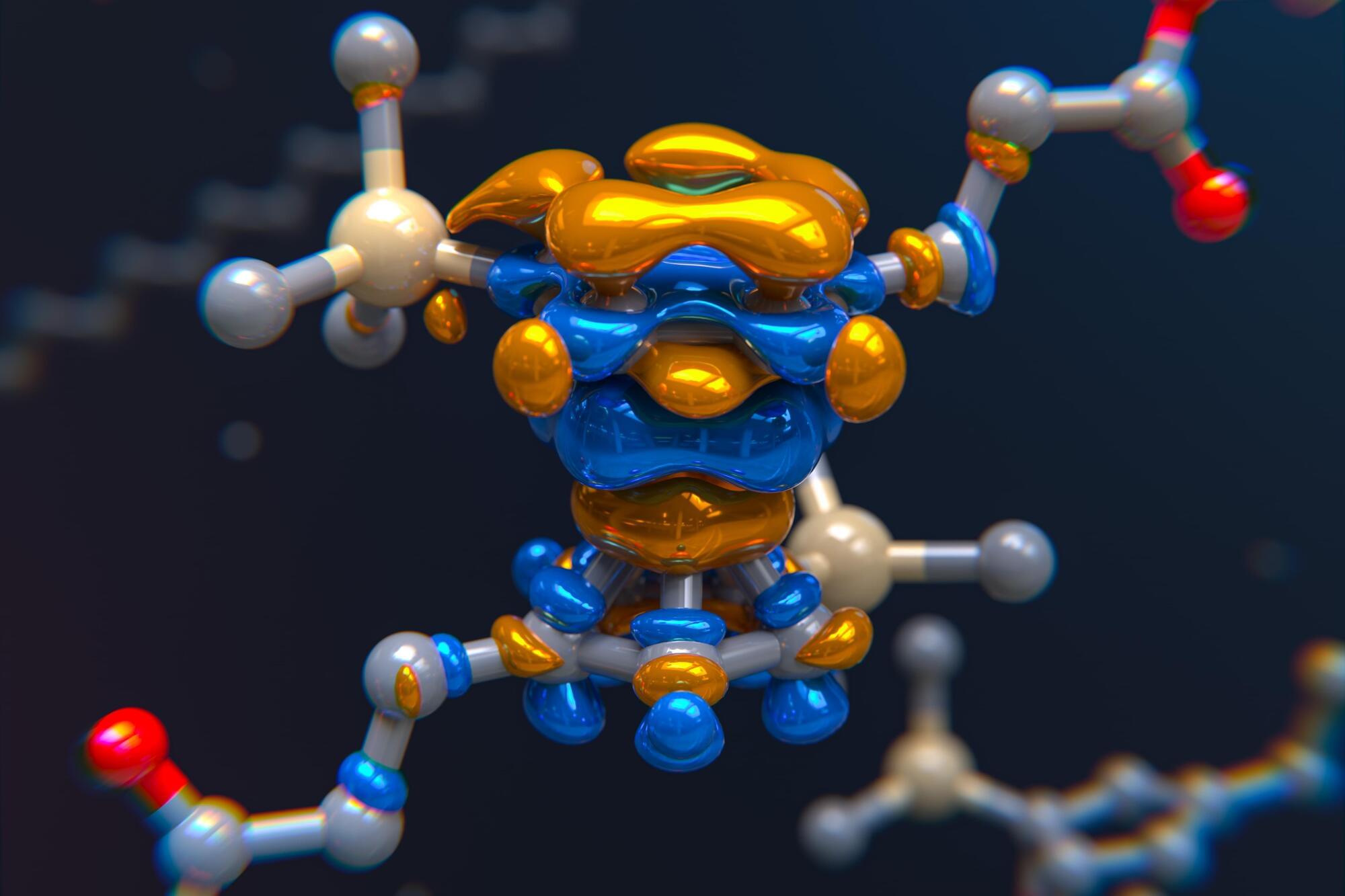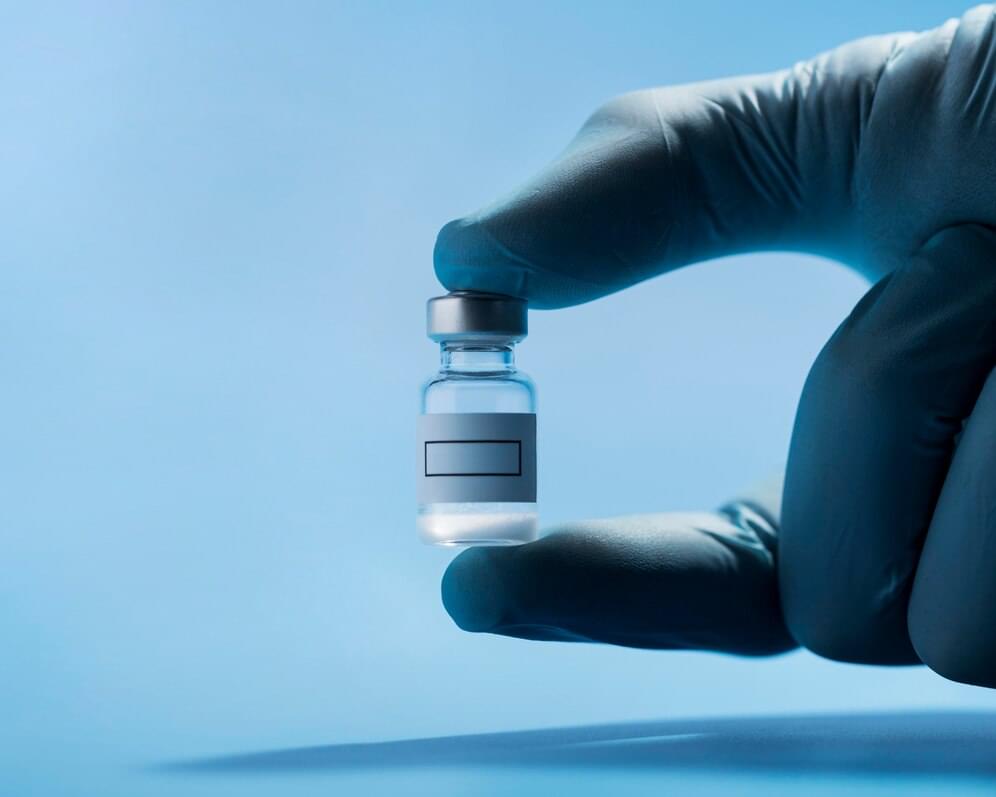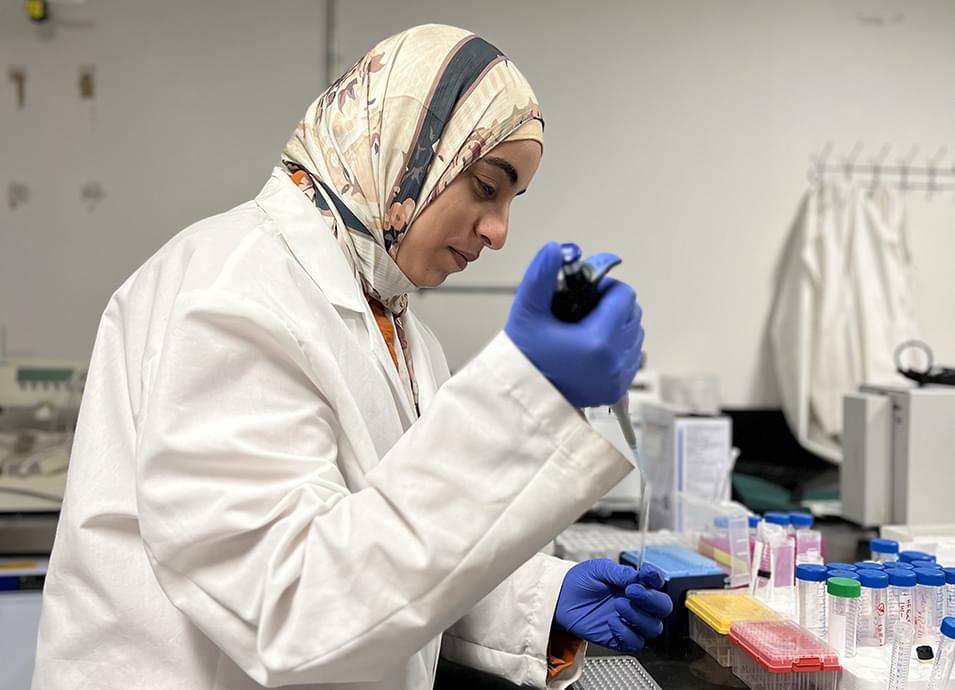The periodic table is one of the triumphs of science. Even before certain elements had been discovered, this chart could successfully predict their masses, densities, how they would link up with other elements, and a host of other properties.
But at the bottom of the periodic table, where massive atoms are practically bursting at the seams with protons, its predictive power might start to break down. Experiments to study the chemistry of the heaviest elements — especially the superheavy elements, which have more than 103 protons — have long been a challenge. Despite using specialized facilities, researchers have been unable to definitively identify the molecular species they produce in experiments. This uncertainty has hindered progress in the field, since scientists have had to rely on educated guesses rather than precise knowledge of the chemistry being observed.
Now, researchers have used the 88-Inch Cyclotron at the Department of Energy’s Lawrence Berkeley National Laboratory (Berkeley Lab) to develop a new technique to make and directly detect molecules containing heavy and superheavy elements. In a study published today in the journal Nature, a team of researchers from Berkeley Lab, UC Berkeley, and The University of Alabama used the method to create molecules containing nobelium, element 102. It is the first time scientists have directly measured a molecule containing an element greater than 99.
